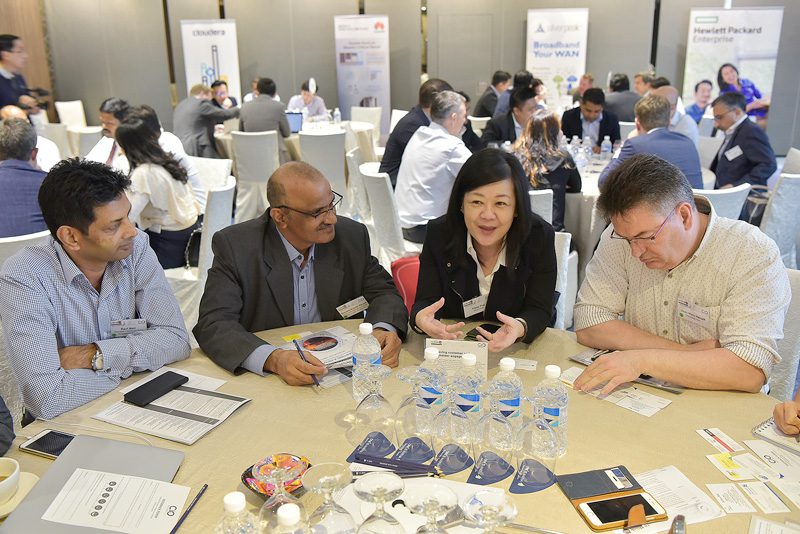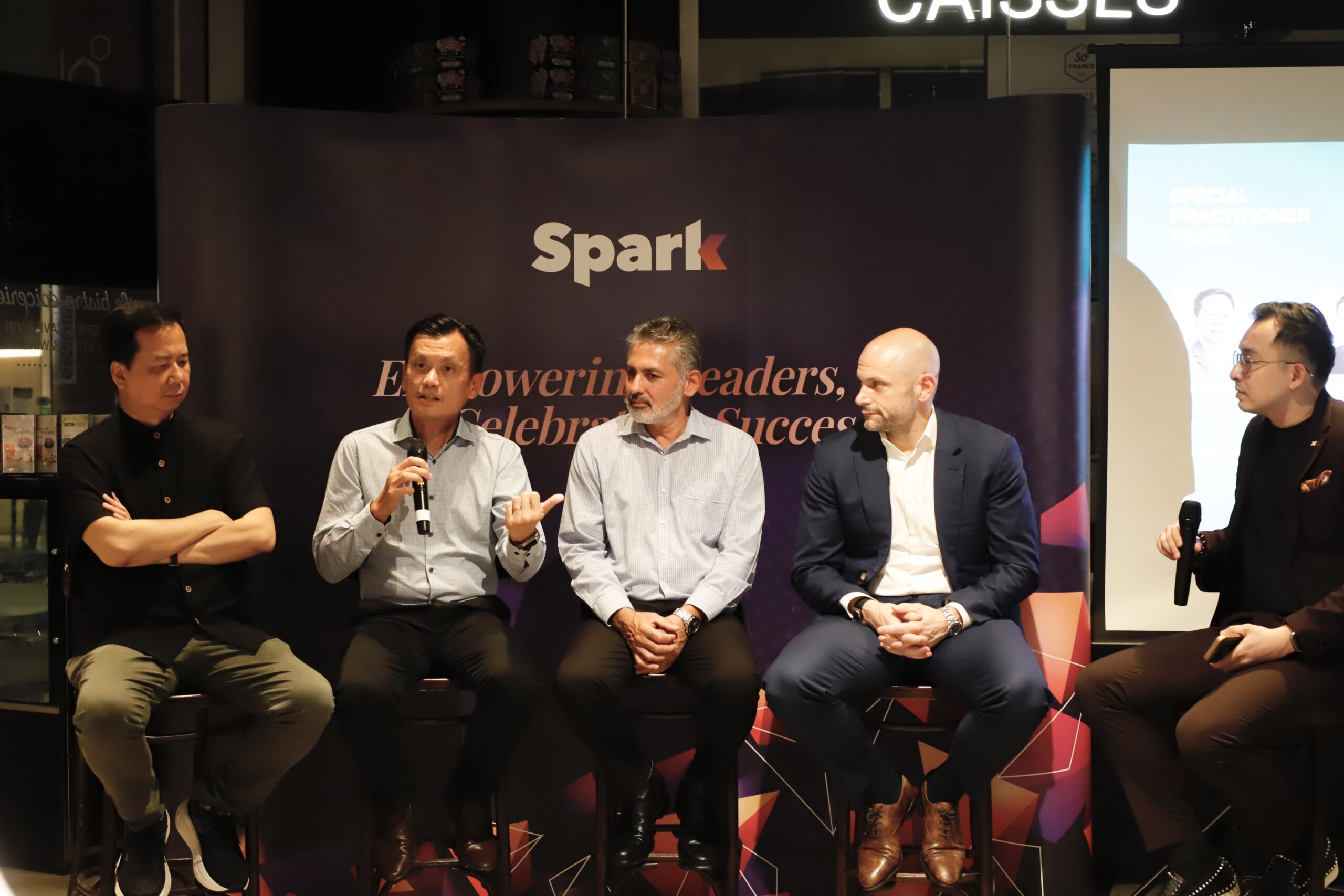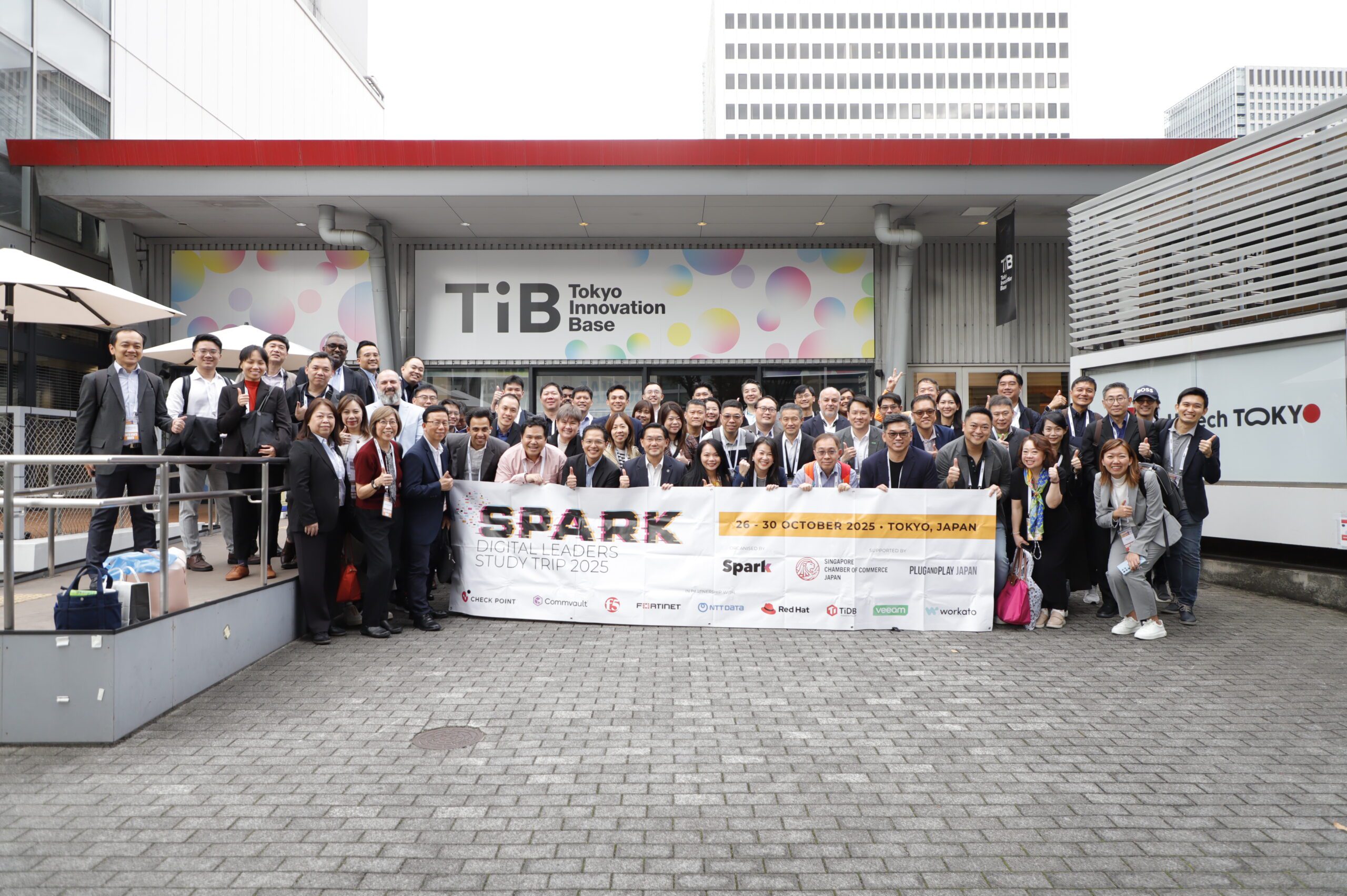Meaningful customer engagement requires insight and innovation, surmised participants at CIO Academy Asia’s reThink CIO Forum: Finance-as-a-Service’s “Improving customer and stakeholder engagements” roundtable on 23 February 2017.
Basant Kumar Nayak, India International Insurance’s Head of IT, AML/CFT Compliance and Chief Risk Officer, said, quoting Steve Jobs, “Customers don’t know what they want”. Innovation, supported by technology, is key to developing solutions that pre-empt customer needs, he explained.
Companies need to understand their customers better than customers understand themselves, when coming up with new services. Instead, many businesses make assumptions instead of offering value to the customer, said Geoffrey Shum, Managing Director, Head of Operations Asia, Deputy COO Singapore of Julius Baer, a Swiss private bank. “There’s so much we can do but, ultimately, are we doing it for the right reasons?” he said.
Obtaining insights, however, is not a passive process. Financial organisations could be more proactive by tapping into the online chatter people constantly engage in. In doing so, they will learn more about, and could even covertly interact with, potential customers, said Patrick Yap, Executive Vice President, Technology, Maybank Singapore.
The financial industry needs to make its technological offerings more context-aware and personalised, agreed those around the table. In-depth customer profiles and categories are extremely acccessible now due to the ability to translate large amounts of data into insights.
Some organisations are making the “dramatic shift” of putting themselves into the customer’s shoes, when it comes to offering new services, said Sandra Stonham, DBS Bank’s Managing Director of Technology and Operations. She cited the example of DBS’ automated online chats, which are handed over to a call centre representative after a few exchanges.
“People need banking services but they don’t really need a bank… how do we make ourselves invisible and let people live their lives?” said Stonham.
Stonham was also of the opinion that technology not just enabled customers to conduct the transactions that they are familiar with. Rather, it generates new services for the customer. She gave the example of how banks could offer its online customers, who typically go online between 8pm to 12am, the opportunity to rebalance their investment portfolio with a click of a button.
Discussion moderator, Silver Peak’s Asian Regional Director, Tricia Png, concurred with Stonham. In her experience tech-savvy customers do not need a customer relationship manager. All he or she needs nowadays is accessible information with which they can make more informed decisions, she said.
At first blush, it would seem as though only tech-savvy customers would benefit from technology-based solutions. But, Kumar Nayak said that companies can reach out to non-tech-savvy customers if they could identify a need and offer an affordable solution. He gave the example of a Stanford University-trained bioengineering scientist who developed a bracelet—targeted at the uneducated in India, which alerts mothers of infants when the latter’s temperature rises.
Shum concurred, “Successful technology is for the masses…at the end of the day, it’s something that you can easily integrate into your daily routine and life…We make our organisations far more complex than they need to be.”







